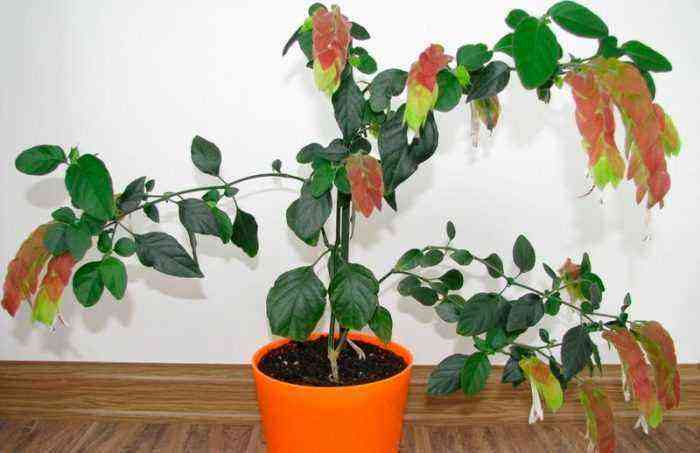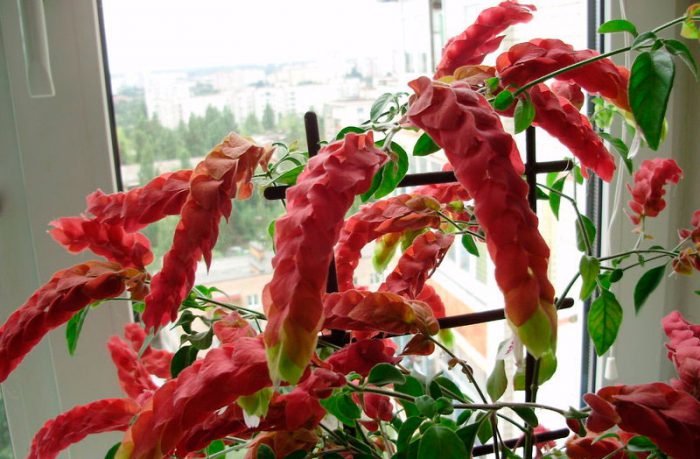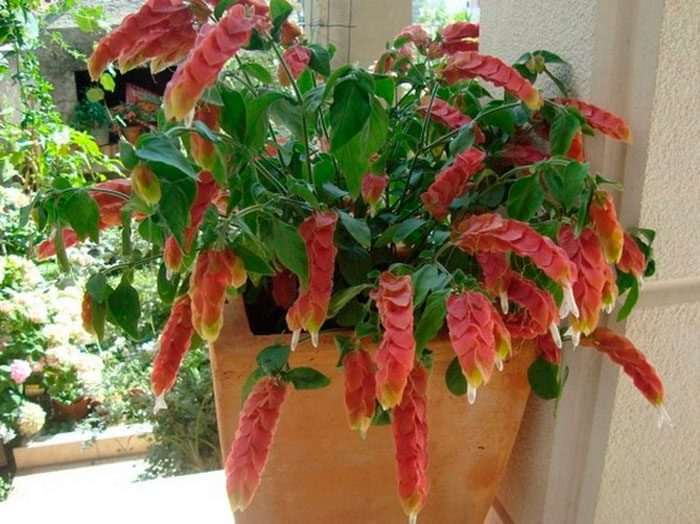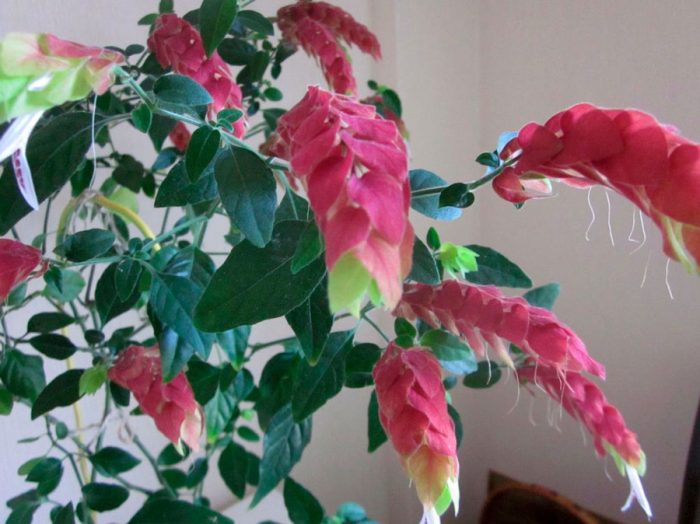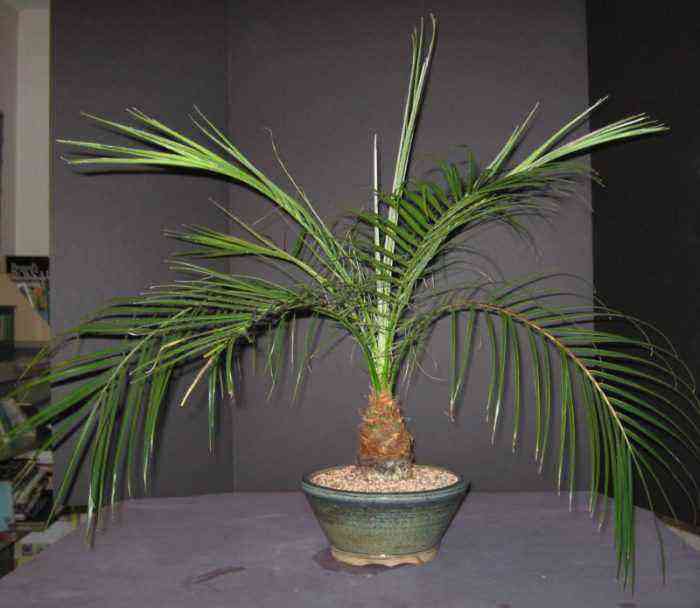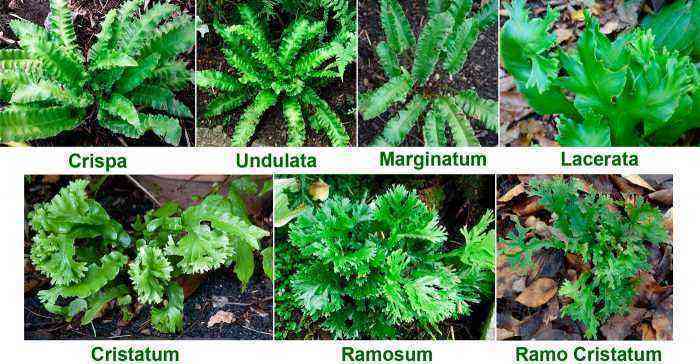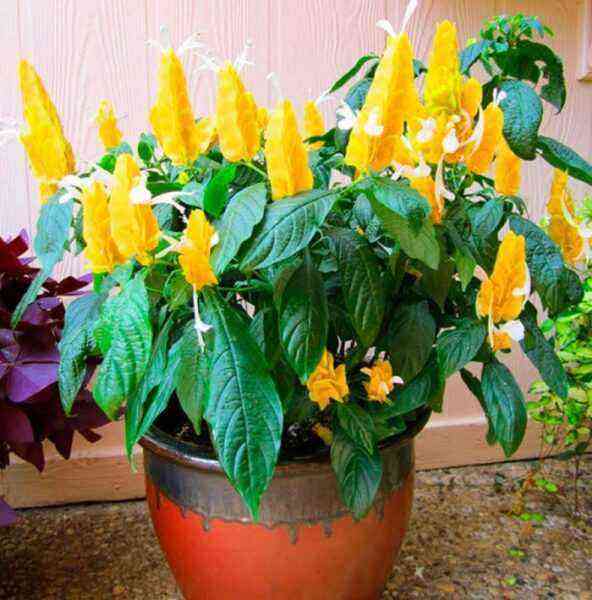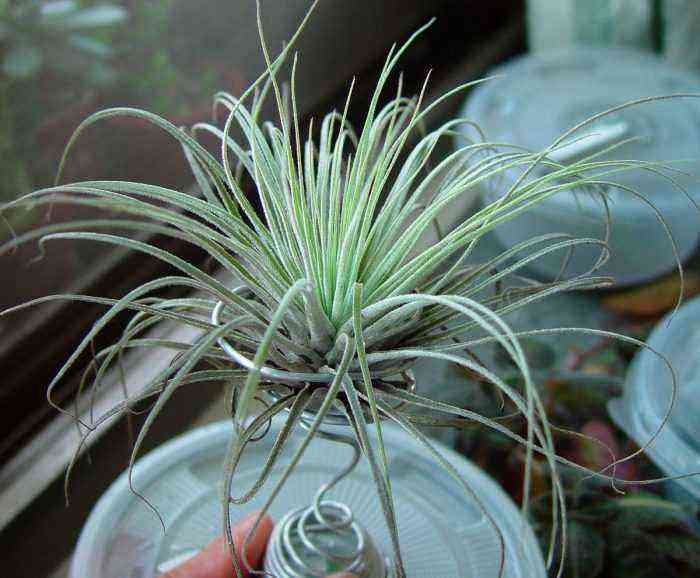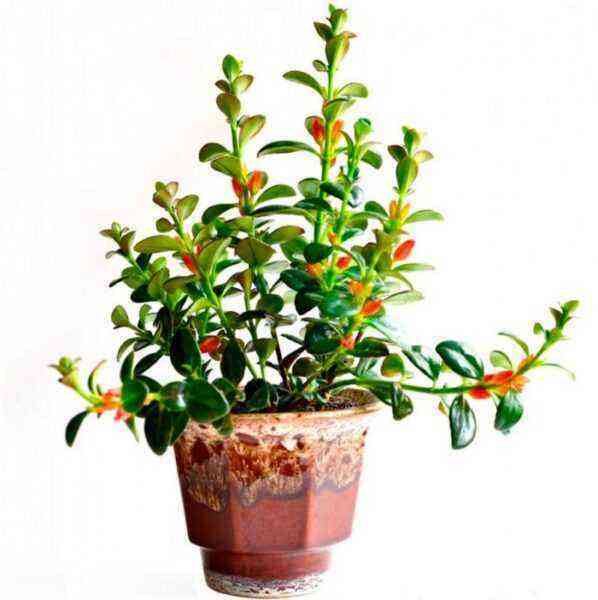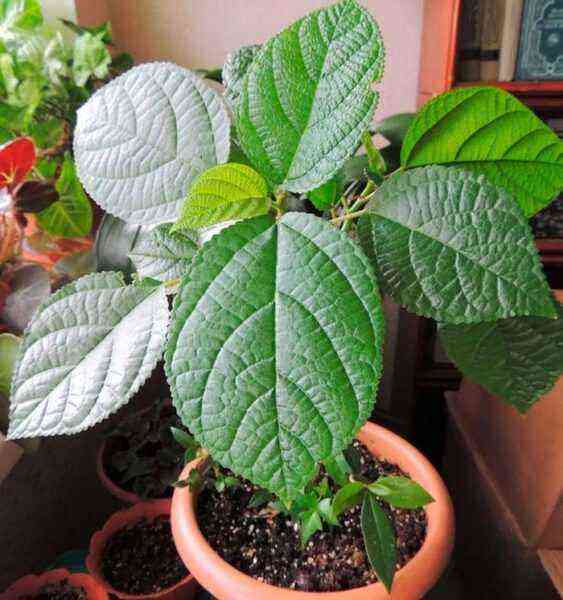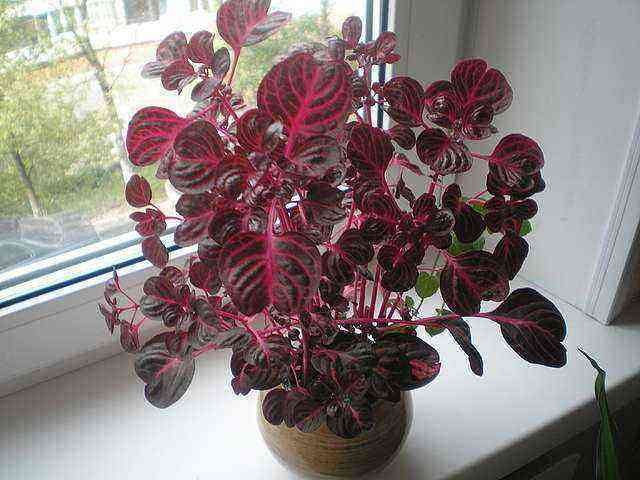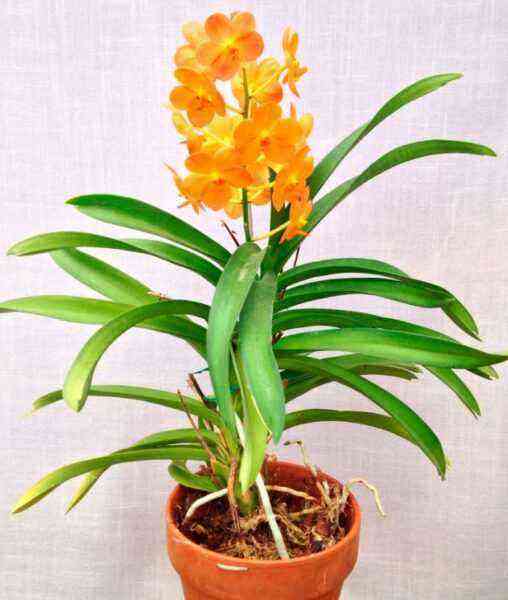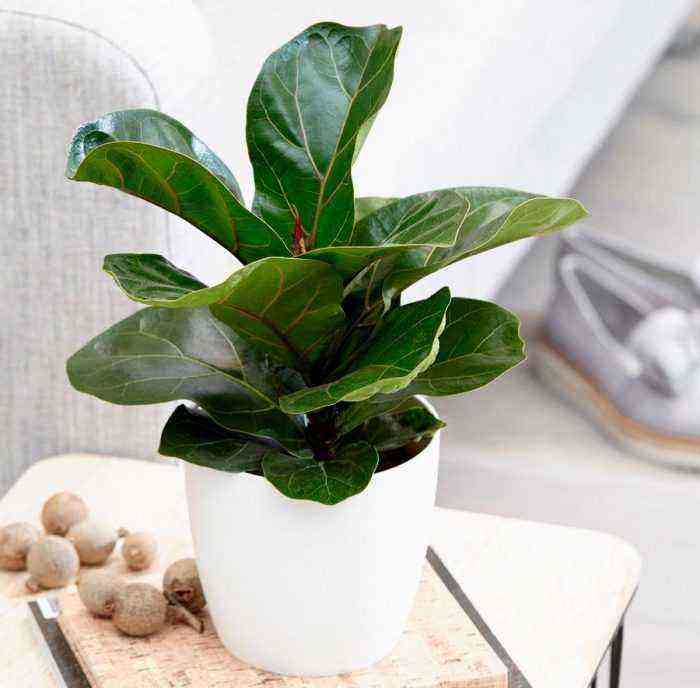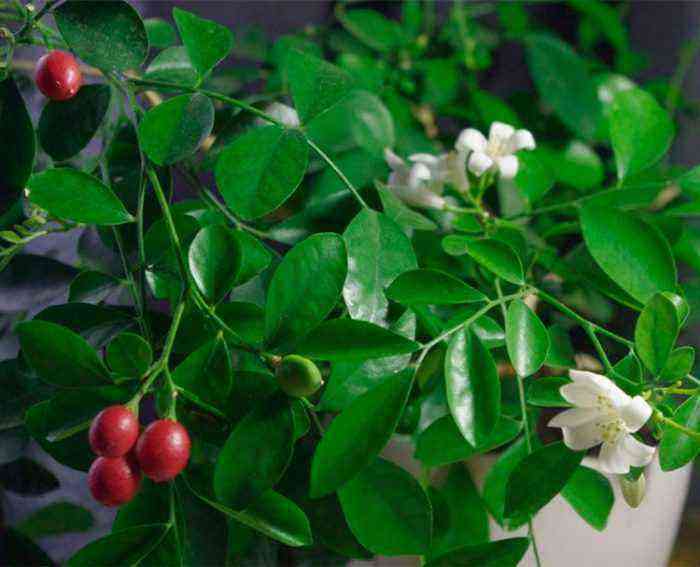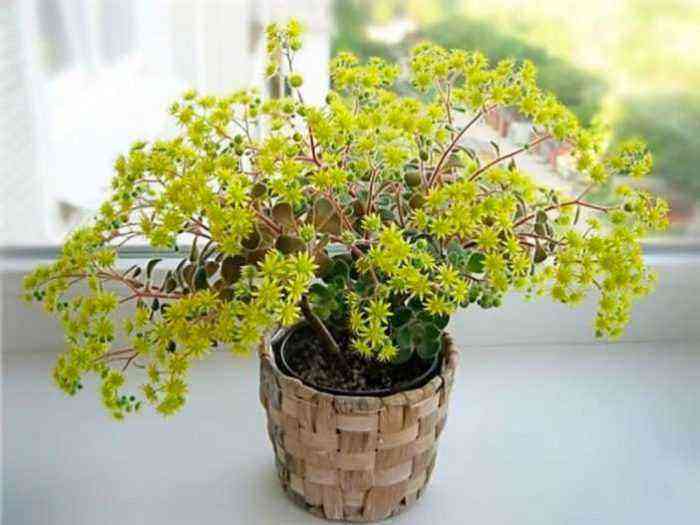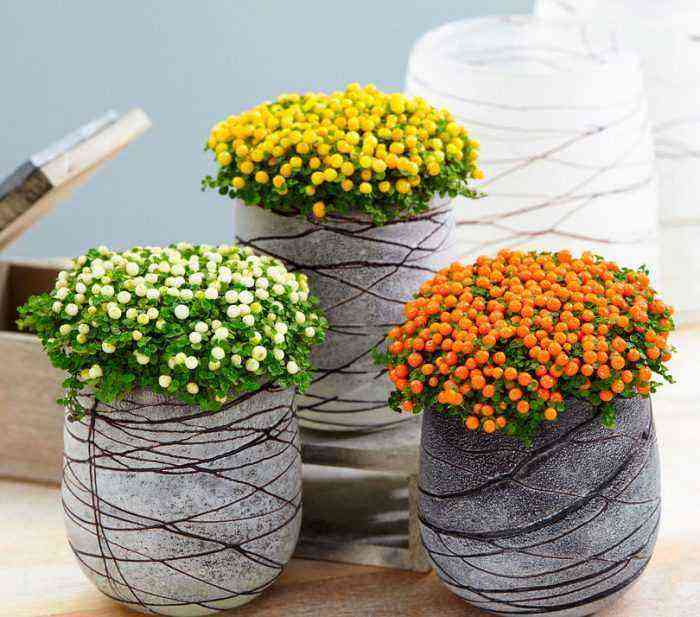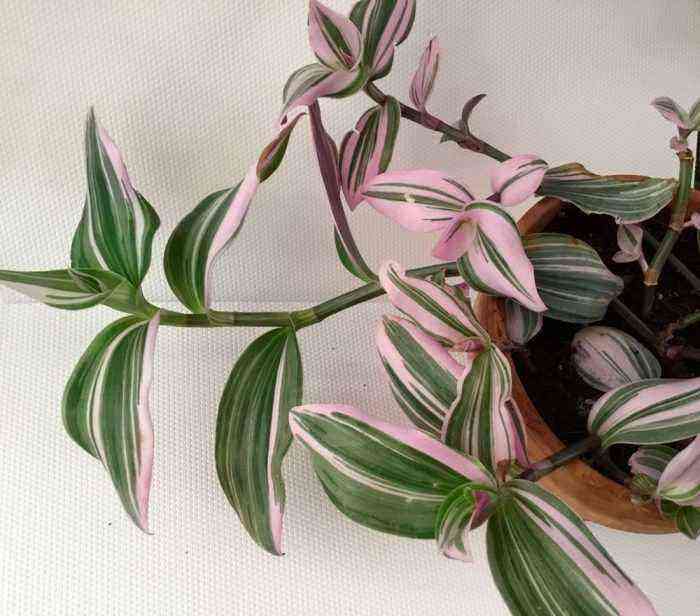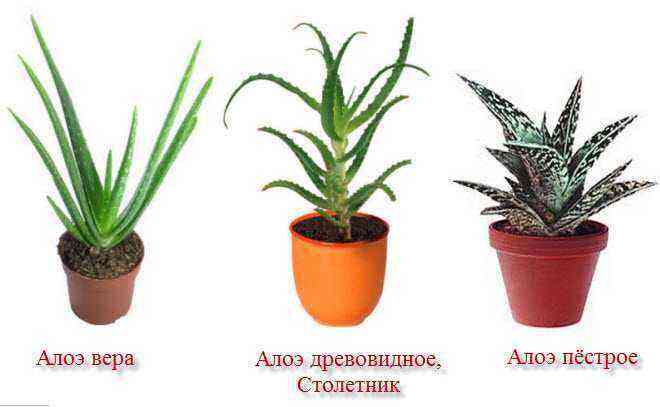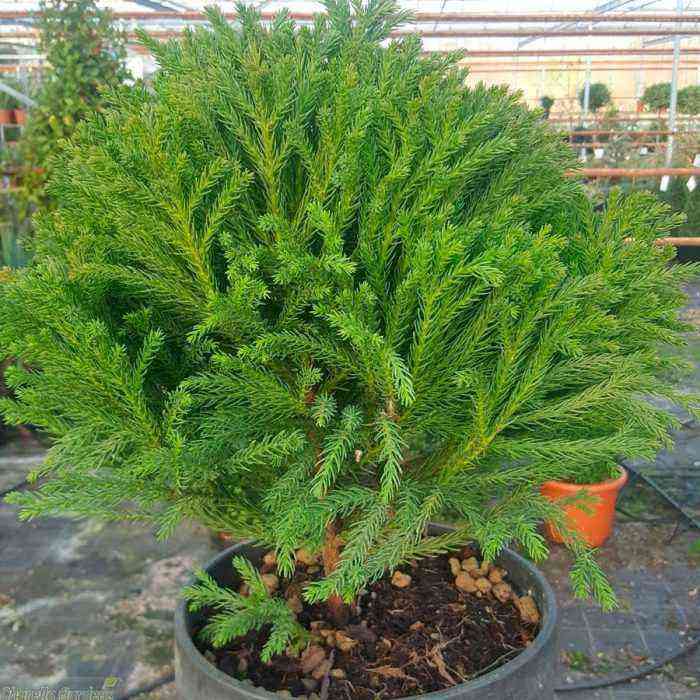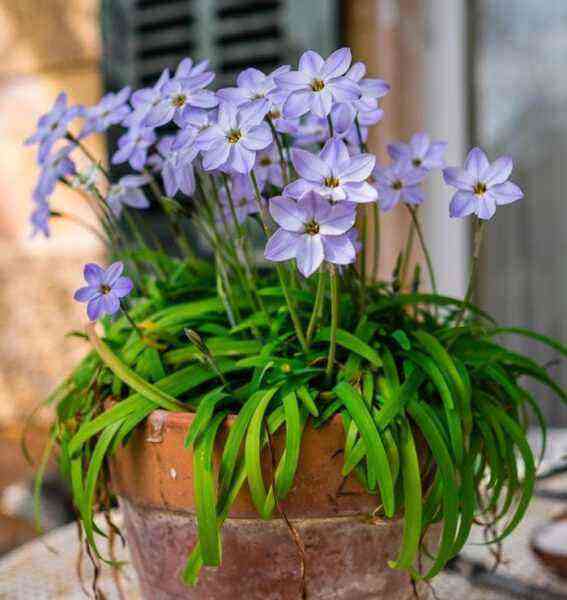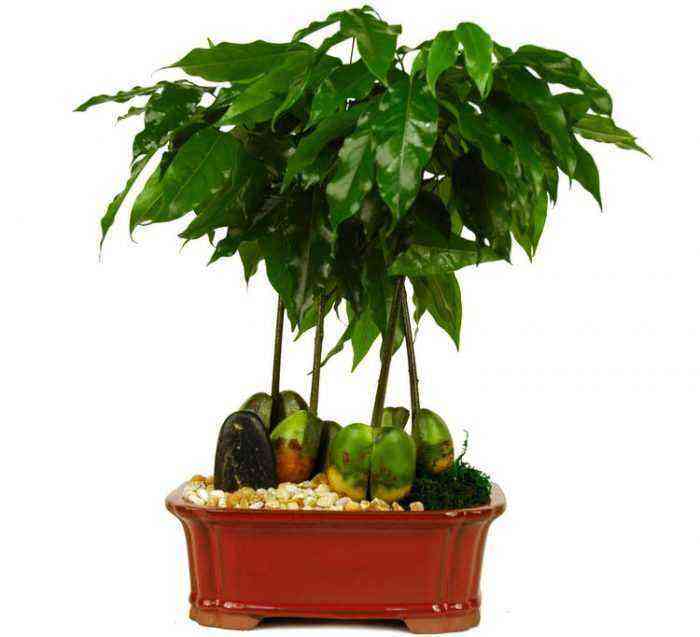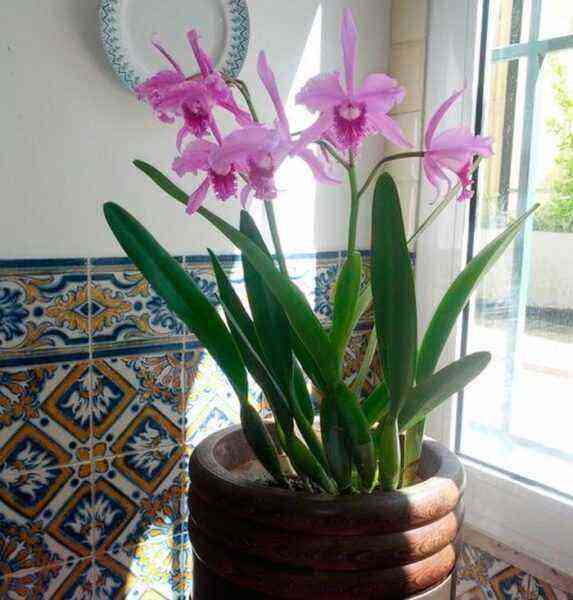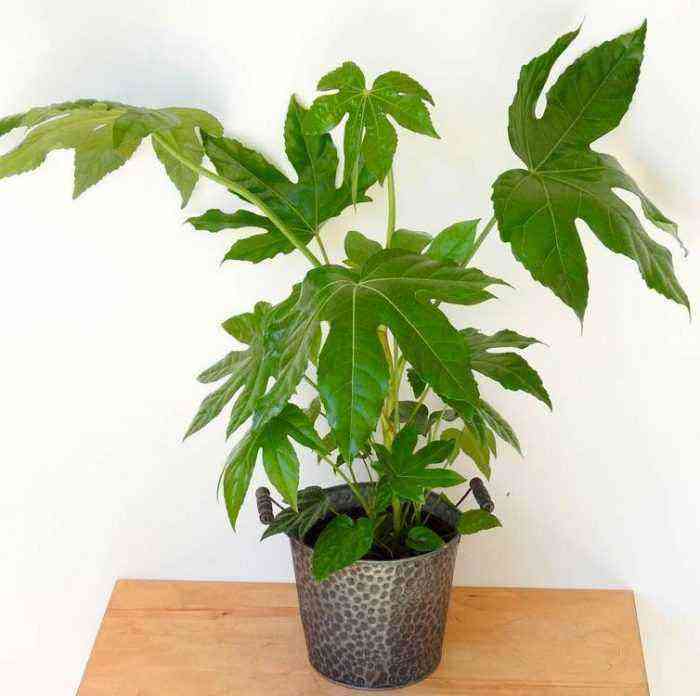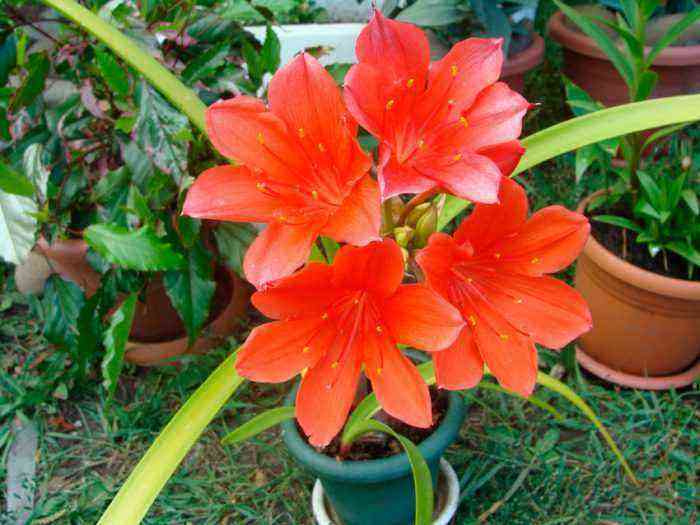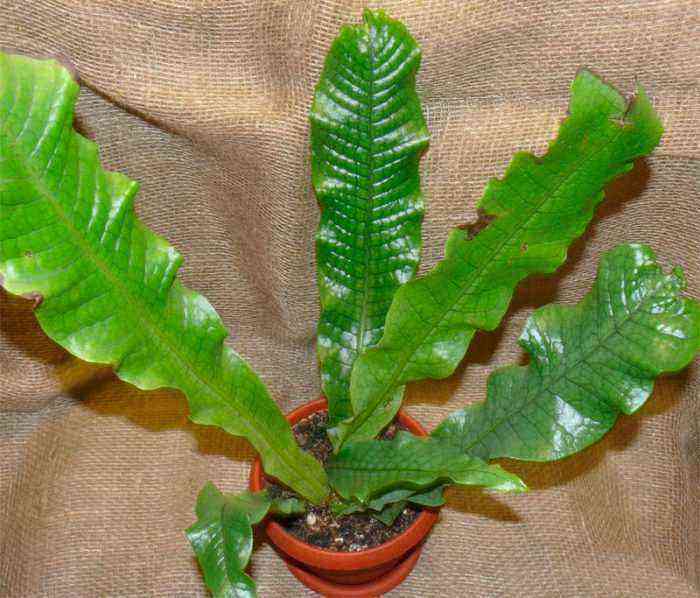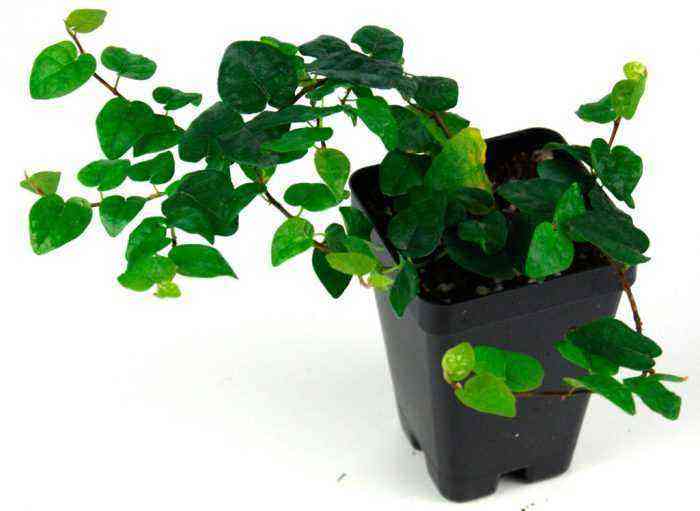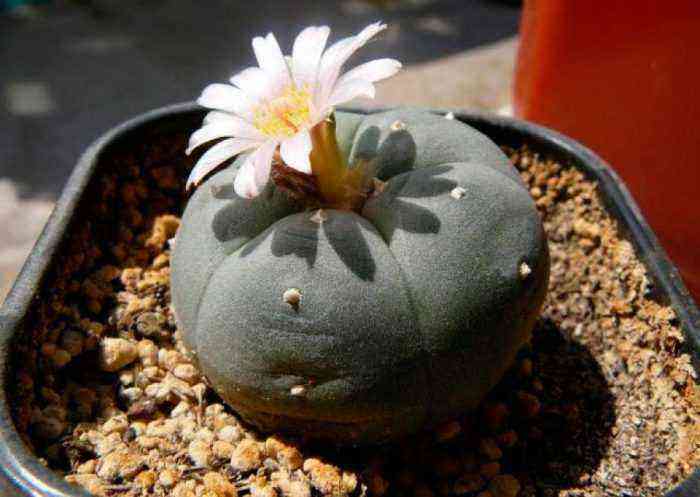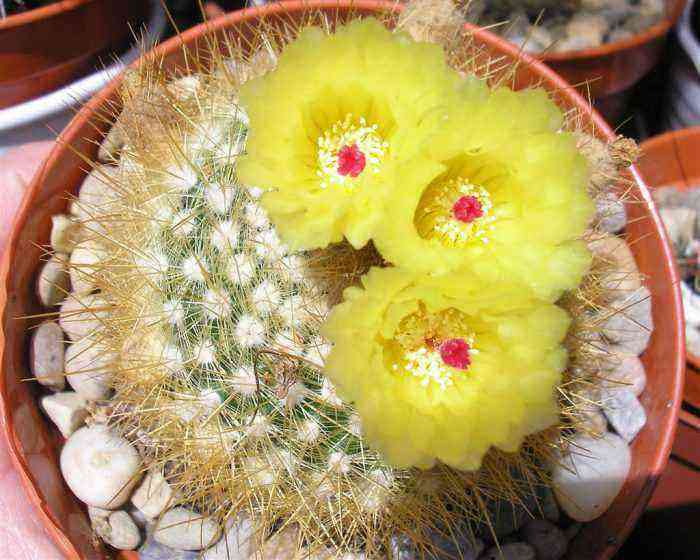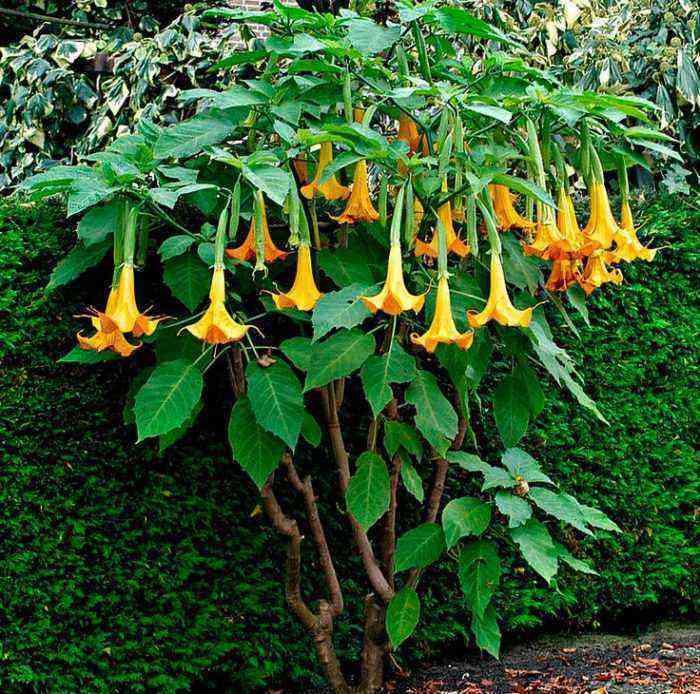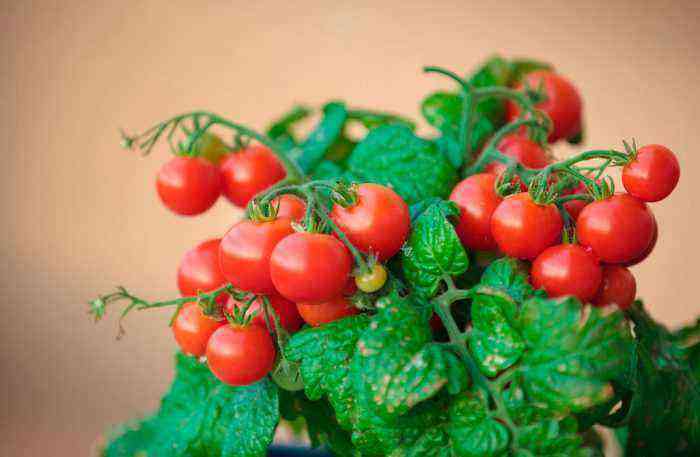Beloperone is a representative of the Acanthus family. This amazing evergreen shrub has unusual inflorescences that resemble shrimp. Yellow-pink, orange-red and brown drooping bracts cover white flowers. In its natural environment, the shrub reaches a height of up to one meter. Many people call Beloperone indoor hops because of the similarity of bracts to hop cones. The plant has drooping leaves and stems. Mexico is the birthplace of a bright beauty. It does not make any special demands on its owners. At home, one species is grown – drip beloperone. The plant is unpretentious, even beginner growers can grow it. Its distinctive feature is long flowering.
Caring for beloperone at home
Beloperone belongs to unpretentious indoor plants. This wonderful flower will decorate the house and will delight with its beauty all year round. Despite the long flowering period, the plant will not be a hassle. In summer, indoor hops like to be outdoors, so it’s best to take them out onto the balcony. At the same time, it is necessary to protect the exotic shrub from the scorching rays of the sun.
Place
The tropical beauty prefers sunny locations. It develops well in intense, diffused light. She will feel most comfortable on the south or southeast window. Avoid direct sunlight. With a lack of light, the bracts become pale. When it’s too hot outside, the plant needs partial shade. Due to poor lighting in winter, indoor hops will stretch out and lose their attractiveness.
Watering
Beloperone needs moderate watering. The soil substrate where the flower is located must be moistened all year round. In the summer and spring, watering should be abundant, in winter it is reduced. Excessive watering can harm an exotic beauty and cause disease. Water it only when the soil in the pot dries up a little. Another prerequisite is soft water for irrigation (settled or rainwater).
Humidity
The room where the beloperone is located should be moderately humid. The leaves of the plant must be regularly sprayed to avoid the attack of insect pests. The flower pot can be placed on a pallet with damp pebbles or expanded clay.
Temperature
In the wild, a bright tropical flower grows at high temperatures. In room conditions, it adapts perfectly to the room temperature. In the warm season, the plant will feel comfortable at a temperature of 18-20 ° C. In the autumn-winter period, the temperature should be lowered to 12-16 ° C.
Soil selection, plant transplant
Young beloperone specimens are transplanted every spring. Indoor hops need a small new pot. So that the plant does not seem too elongated, several petioles can be placed in one container. For transplantation, a special earthen mixture is prepared, consisting of two parts of leafy, soddy soil and one part of humus, peat and sand. Also, a little bone meal is added to the earthen substrate. Mature shrubs are replanted when the roots have completely filled the pot.
Feeding
Regular fertilizing with mineral fertilizers is carried out from spring to autumn every week. In winter, the plant is not fertilized if the temperature regime is observed. Otherwise, feeding is not stopped, fertilizing tropical shrubs up to twice a month.
Trimming
Beloperone must be trimmed regularly. Shoots are cut 1 / 3-1 / 2 every spring. This improves branching. To increase bushiness, pinching of young indoor hop bushes is carried out. Thanks to pruning, a beautiful and neat bush is formed. Cuttings after pruning can be used to obtain new offspring of the shrub.
Reproduction
Cutting is the most affordable and easy way of breeding beloperone. Young cuttings are easy to root. Planting material has been harvested since February. Small shoots 8-10 cm in size are suitable for reproduction. Cuttings are cut in front of the bud. For rooting cuttings, a mixture of peat and sand is used. Wet sand is also suitable. As a rule, cuttings take root in 12-15 days. Bottom heating and processing them with a special agent (succinic acid, root, heteroauxin) accelerates the rooting procedure.
Seeding is used as an alternative method for propagating indoor hops. Sowing is carried out in March-April. Seedlings are grown in an earthen substrate, which consists of leafy soil and sand. To obtain seedlings indoors, maintain a temperature of 20-25 ° C. When young plants appear, they are dived into a soil mixture of leafy earth, peat, humus and sand. The tops of the seedlings should be pinched so that the shrub branches well.
Possible difficulties
- Leaves are discolored – the cause may be heavy watering or lack of nutrients.
- Falling foliage “Speaks” about keeping the plant in a dry room or about overdrying an earthen coma.
- Bracts lose their former brightness with a lack of lighting.
- Leaves become sticky, and the stems take on a strange shape when infested by pests.
- The appearance of brown spots on the leaves indicates excessive watering of the plant.
- Dirty rusty leaf color may result from sunburn.
